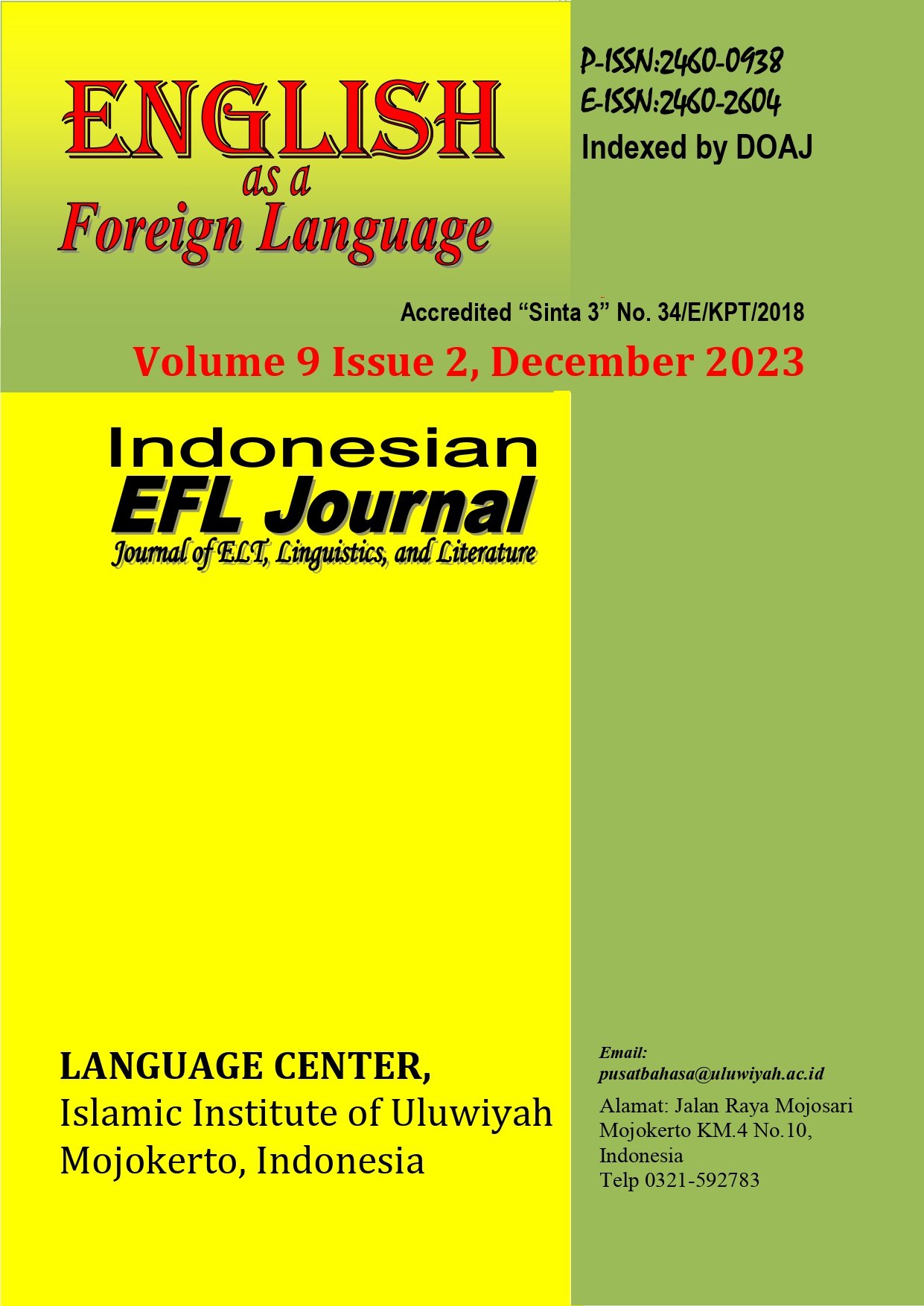Developing the Brain towards Language Acquisition during Childhood from Age 2 to 10 a Systematic Review
Abstract
The early age is often recognized as the optimal period to start the acquisition of a foreign language. The optimal period for acquiring linguistic skills is during early life. Studying another language is the most efficient means of breaking beyond the limitations of just one language and culture. Moreover, gaining exposure to a different culture allows individuals to get a much deeper comprehension. Individually possessed. Hence, language acquisition may be seen as a valuable instrument for assimilating into a new culture and community. Learning a language entails acquiring knowledge about a different culture. Adolescent learners have high levels of motivation when it comes to acquiring a second language. The immature brain has remarkable plasticity, enabling it to readily acquire novel information. They possess a strong inclination to explore and understand the world surrounding them. The earlier we begin the greater the duration available for language exposure. The brain of young learners is sometimes referred to as a malleable brain. They have the ability to acquire knowledge without conscious awareness. Adults, in reality, have minds occupied with many concerns, whereas children's minds are focused on their lessons. In this study, we will discuss several benefits of early language acquisition. Studies indicate that the optimal period to teach fresh languages to a young kid is from birth to the age of 10. This review finding explores how children may acquire language more rapidly, have improved retention, and often have near-native pronunciation. Ultimately, this research emphasizes the benefits and drawbacks of acquiring a foreign language throughout infancy.
References
Bice, K., & Kroll, J. F. (2015). Native language change during early stages of second language learning. NeuroReport, 26(16), 966.
Bloch, C., & Edwards, V. (1999). Young children’s literacy in multilingual classrooms: Comparing developments in South Africa and the UK. In L. Limage (Ed.), Comparative perspectives on language and literacy: Selected papers from the work of the Language and Literacy Commission on the 10th World Congress of Comparative Education Societies. Dakar: UNESCO/BREDA.
Budiharso, T. (2019). Language acquisition in childhood stage: a review. IJOTL-TL: Indonesian Journal of Language Teaching and Linguistics, 4(1), 53-64.
ÇAĞAÇ, F. G. (2018). BENEFITS OF LEARNING A FOREIGN LANGUAGE AT AN EARLY AGE. Journal of International Social Research, 11(59).
Daloiso, M. (2007). Early foreign language teaching. Perugia, Guerra Edizioni.
DeKeyser R. (2000). The robustness of critical period effects in second language acquisition. Studies in Second Language Acquisition 22/4: 499-533.
Fernandez, Sue (2008). Research Unit for Multilingualism and Cross cultural Communication at the University of Melbourne Teaching and Learning Languages Other Than English (LOTE). in Victorian SchoolsPaper, No. 14 February 1-2.
Ferreira, F., & Morrison, F. J. (1994). Children’s metalinguistic knowledge of syntactical constituents: Effects of age and schooling. Developmental Psychology, 30, 663-678.
Fromkin, Victoria; Romdan, Robert; Hyams, Nina (2003). An Introduction to Language, Wadworth and a Part of Thomson Corparation
Ghasemi, Babak; Hashemi Masoud (2011). Procedia-Social and Behavioral Sciences. Foreign language learning during childhood. 28, 872 –876.
Harrison, B. (2005). The development of an Indigenous knowledge program in a New Zealand Maoriâ€language immersion school. Anthropology & Education Quarterly, 36(1), 57-72.
Kim, Lee Su (2003). Multiple Identities in a Multicultural World: a Malaysian Perspective. Journal of Language, Identity and Education, Vol. 12, No 3, pp.137- 158.
Krashen S., M. Long and R. Scarcella (1979). Age, rate and eventual attainment in second language acquisition. TESOL Quarterly 9: 573-582. Reprinted in S.D.
Krashen, R.C. Scarcella and M.H. Long (eds) (1982), Child-Adult differences in second language acquisition. Rowley, Mass.: Newbury House Publishers, 161-72.
Muñoz, C. (2010). On how age affects foreign language learning. Advances in research on language acquisition and teaching, 39-49.
Nation, P. (2014). What do you need to know to learn a foreign language. Recuperado de http://www. victoria. ac. nz/lals/about/staff/publications/paul-nation/foreign-language_1125. pdf.
Norton, B. (1997). Language, identity, and the ownership of English. TESOL quarterly, 31(3), 409-429.
Tangyong, F.A dkk. 1988. Pengembangan Anak Usia TK. Jakarta: PT. Gramedia.
Tomlinson, Keasey. 1985. Child Development: Psychological, Sociocultural, andBiological Factors. Homewood, Illinois: The Dorsey Press.
Vygotsky. L. 1978. Language Acquisition. Available Online: (http://www.sk.com.br/sk-vygot.html, accessed on Feb 17th, 2006).
Copyright (c) 2024 Indonesian EFL Journal: Journal of ELT, Linguistics, and Literature

This work is licensed under a Creative Commons Attribution-ShareAlike 4.0 International License.
All rights reserved.
this publication may be reproduced, stored in a retrieval system, or transmitted
in any form or by any means, electronic, mechanical, photocopying, recording.




